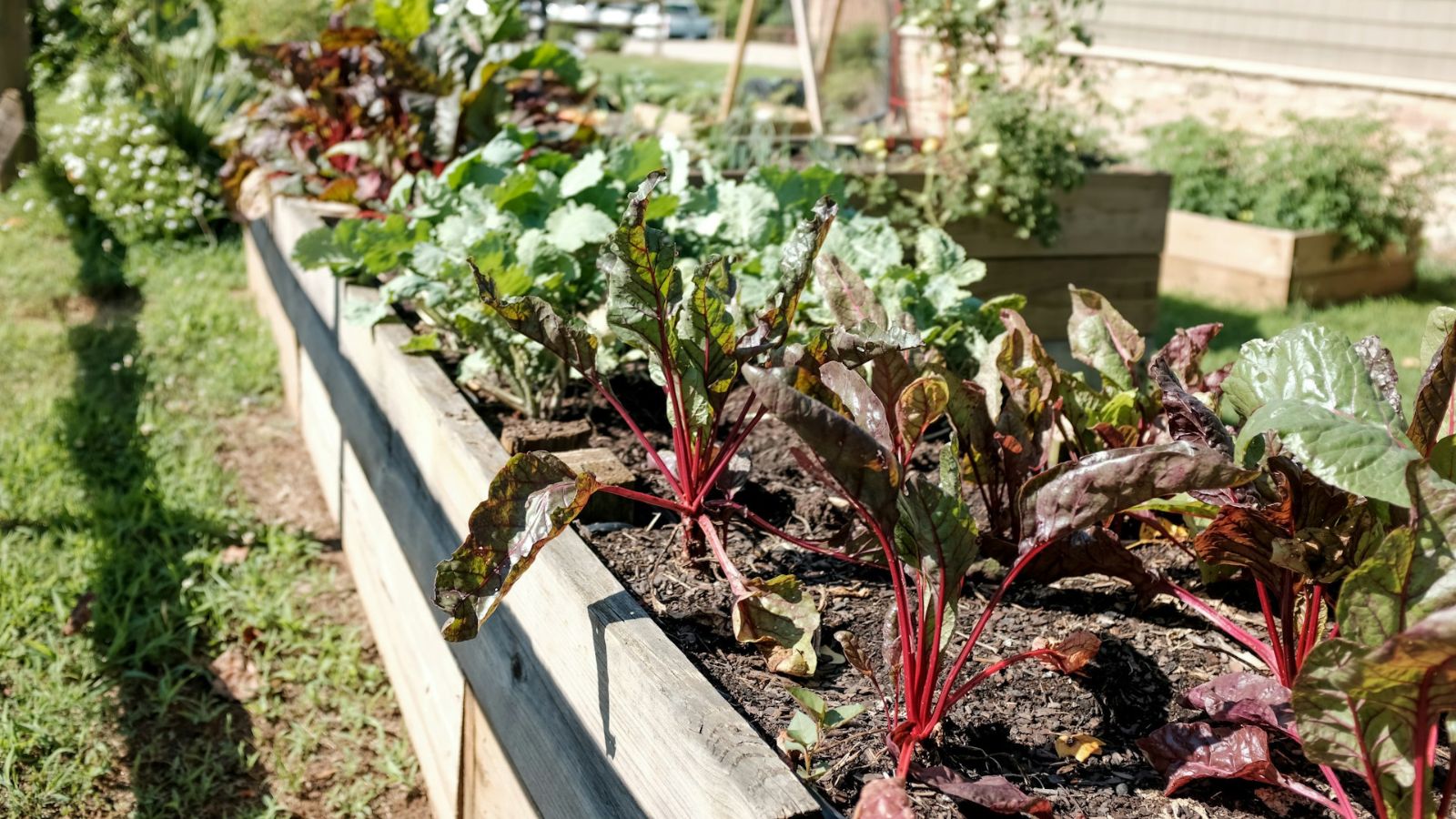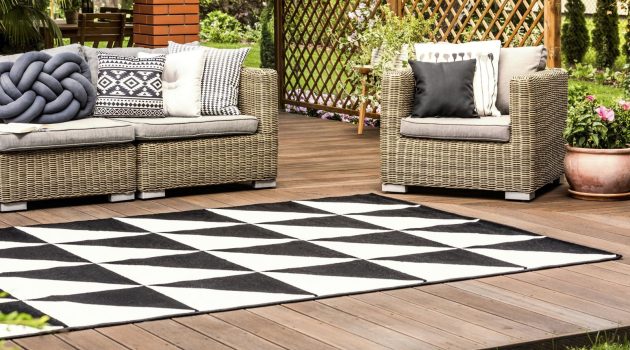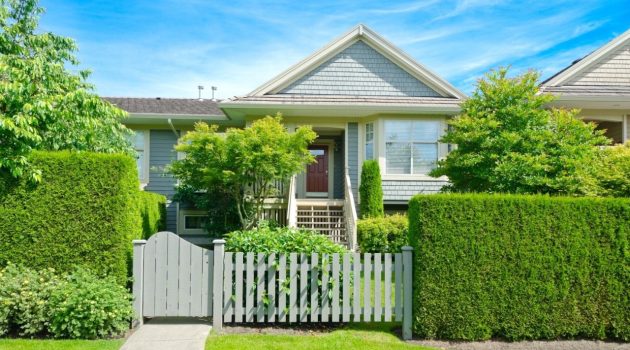Sustainable landscaping is a method of designing and maintaining gardens, yards, and other outdoor spaces in a way that reduces harm to the environment.
This approach focuses on making the most efficient use of natural resources, minimizing waste, and creating a healthy and diverse ecosystem.
Besides the good you’ll do for the environment, sustainable landscaping also comes with several benefits that will optimize your home.
1. What Is Sustainable Landscaping and Why Is It Important?
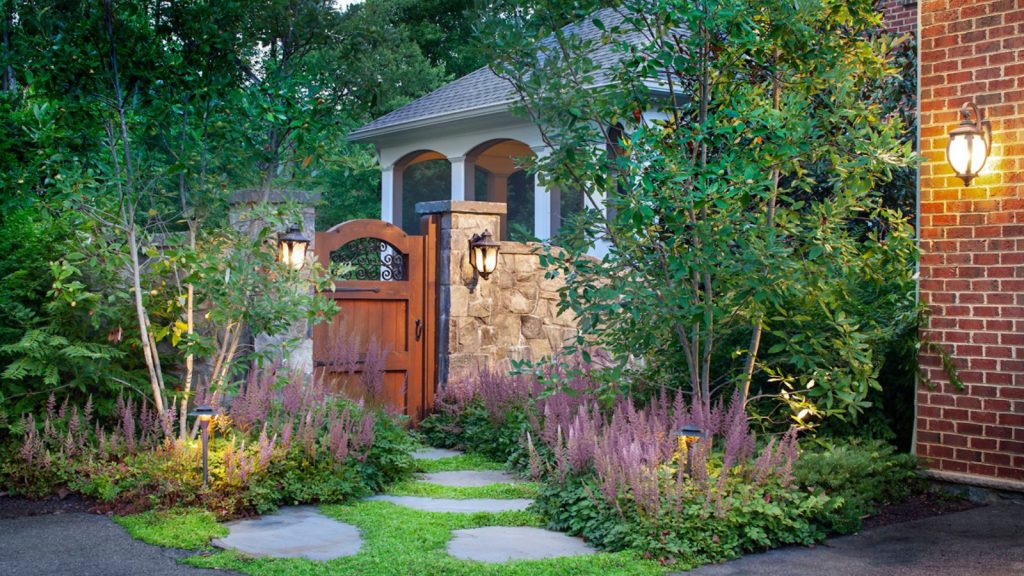
The concept of sustainable landscaping is rooted in the understanding that our actions in one part of the ecosystem can have far-reaching effects.
It’s about building a balance between human needs and the needs of the natural world.
This approach to landscaping considers the local climate and existing ecological conditions to create outdoor spaces in harmony with these factors:
Biodiversity
Sustainable landscaping encourages biodiversity by creating habitats for various types of wildlife.
This can be achieved by including a variety of plants that provide food and shelter for birds, insects, and other animals.
Climate Change Mitigation
Gardens and other forms of greenery play a crucial role in mitigating climate change.
They absorb carbon dioxide, a key greenhouse gas, and produce oxygen. Sustainable landscaping enhances these benefits by applying practices that improve the air we breathe.
Economic Benefits
While sustainable landscaping may require an initial investment, it can lead to significant savings in the long run.
Thanks to sustainable landscaping, you can save on maintenance costs for your outdoor spaces.
If you effectively apply sustainable landscaping techniques, you’ll spend less on the following resources:
- Water consumption
- Electricity use
- Fertilizers
- Pesticides
Sustainable landscaping is not just about creating attractive outdoor spaces. It’s about designing and maintaining these spaces to benefit both the environment and the people who use them.
2. What Are Some Sustainable Landscaping Ideas for Outdoor Living?
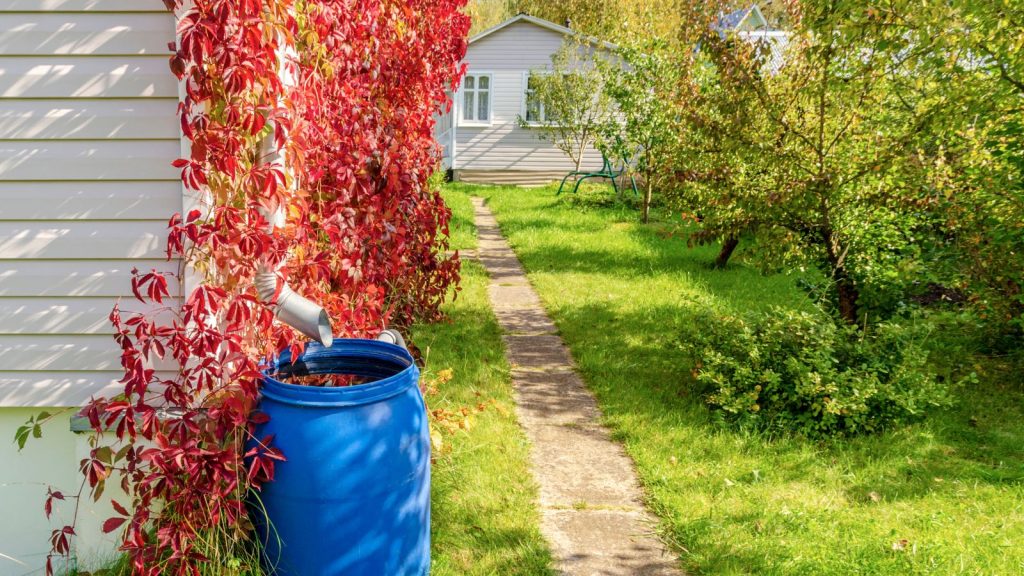
Sustainable landscaping encompasses a variety of practices that address environmental issues.
They are achieved by using innovative design, versatile materials, and other techniques to maintain a sustainable environment.
Here are some sustainable landscaping ideas you can use for your home:
Plant Native Greenery
Using native plants in your landscape design can significantly reduce water usage and promote biodiversity.
Native plants are adapted to local climate conditions and typically require less maintenance.
Install Rain Gardens
Rain gardens are designed to capture, filter, and absorb rainwater runoff from rooftops, driveways, patios, and other hard surfaces.
Besides demanding fewer watering days, these rain gardens can also reduce the risk of flooding.
You can install rain gardens under your gutters or along your backyard’s canals. They are typically planted with native and other water-loving plants.
Use Permeable Paving
Permeable paving materials allow water to percolate into the soil, reducing runoff and recharging groundwater. Some permeable paving materials include:
- Gravel
- Permeable concrete
- Permeable pavers
Install Composting Boxes
Composting organic waste creates a rich soil amendment, reduces the need for synthetic fertilizers, and helps to recycle yard waste. Feeding composting boxes also gives a purpose to your biodegradable kitchen waste.
| Be Resourceful: Getting composting boxes and other small additions to your backyard is made easier through online marketplaces. Anything from high-quality Bobcat aftermarket parts to secondhand DIY plastic sheds are available online at relatively low prices. |
Grow Edible Gardens
Incorporating edible plants in your backyard provides fresh produce and creates a vibrant and diverse environment. Edible gardens can include vegetables, fruits, herbs, and edible flowers.
3. How Can I Make My Garden More Sustainable?
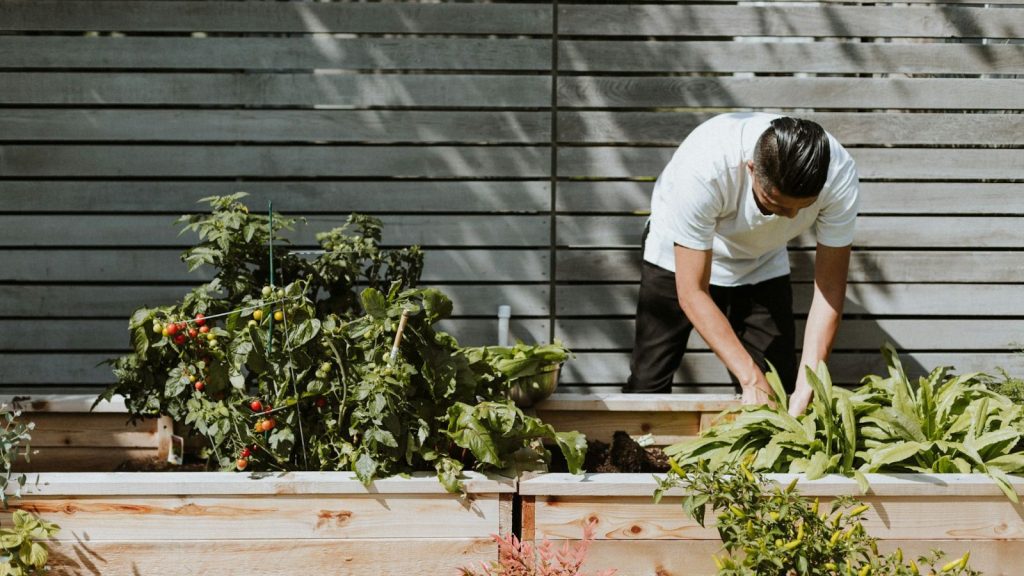
Making your garden more sustainable involves a variety of practices aimed at reducing environmental impact and promoting a healthy ecosystem.
You can achieve this by optimizing your resources and using different strategies to lower your carbon footprint.
Here are some practical strategies you can take:
Practice Organic Gardening
Avoid using synthetic fertilizers and pesticides, which can harm beneficial insects and microorganisms in the soil. Instead, opt for organic alternatives.
Composting kitchen and garden waste can provide a rich, natural fertilizer for your plants. Introducing beneficial insects, such as ladybugs and praying mantises, can help control pests.
Conserve Water
Implement water-saving techniques in your garden. This could include doing the following practices:
- Installing a rainwater harvesting system
- Using drip irrigation
- Mulching around plants to reduce evaporation
Choosing drought-tolerant plants can also significantly reduce your garden’s water needs.
Reduce Waste
Aim to create a zero-waste garden by composting plant trimmings and fallen leaves, which can be used to enrich your soil.
Avoid single-use plastics, such as plant pots and seedling trays. Instead, opt for reusable or biodegradable alternatives.
Use the Right Materials
Additions to your home’s outdoor spaces can be a bit tricky, especially once you begin building structures.
Some materials, like wood and plastic, can require pest-proofing and weather-proofing treatments.
If you are building a structure such as a pergola or shed, consider using more sustainable materials like recycled steel or aluminum channels.
These materials provide the structural integrity required while being a more eco-friendly option. It is highly durable, resistant to weathering, and fully recyclable, making it a great choice for sustainable landscaping structures.
Maintain Soil Health
Healthy soil is the foundation of a sustainable garden.
Regularly add organic matter, like compost or well-rotted manure, to improve soil structure and nutrient content.
You can also practice crop rotation in vegetable beds to prevent soil-borne diseases and nutrient depletion.
Conclusion
Embracing sustainable landscaping transforms our outdoor spaces into vibrant ecosystems that do far more than beautify our surroundings.
It’s about crafting spaces that nourish the environment, conserve precious resources, and address the urgent challenge of climate change.
Whether you’re installing a new garden or reimagining an existing one, practicing sustainability lets you create outdoor spaces as nurturing as they are beautiful.
